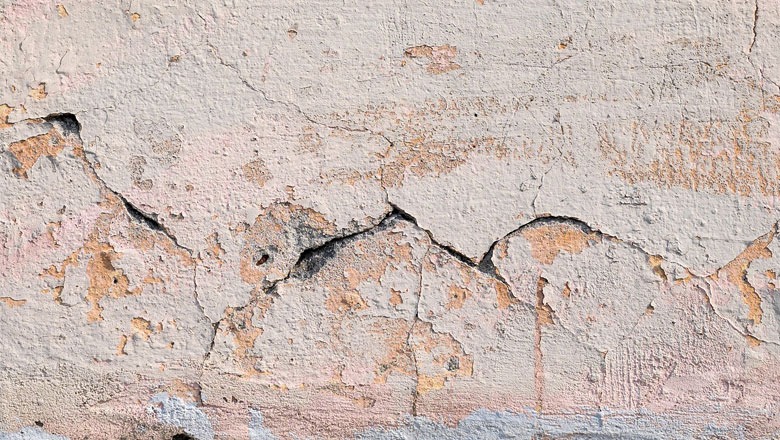Concrete is a durable and widely used construction material, renowned for its strength and longevity. However, over time, concrete surfaces can exhibit distress in the form of scaling and spalling. Both issues are common in concrete structures, but they differ in their causes, manifestations, and remedies. In this article, we will explore the distinctions between concrete scaling and spalling, shedding light on their underlying factors and offering insights into effective solutions.
Concrete Scaling:
Scaling refers to the loss of the outer layer of concrete, resulting in the exposure of the underlying aggregates. This phenomenon is often characterized by the peeling or flaking off of the surface layer, creating a rough and deteriorated appearance. Several factors contribute to concrete scaling:
- Freeze-Thaw Cycles: In regions with fluctuating temperatures, water can penetrate the concrete. When this water freezes, it expands, exerting pressure on the concrete and causing the surface to scale.
- Deicing Salts: The use of deicing salts on roadways and sidewalks can accelerate the scaling process. The salts lower the freezing point of water, leading to increased freeze-thaw cycles and, consequently, surface scaling.
- Poor Mix Design: Incorrect proportions of concrete ingredients, such as excessive water content or insufficient air entrainment, can compromise the integrity of the concrete, making it more susceptible to scaling.
- Abrasion and Wear: Heavy traffic, abrasive materials, or harsh environmental conditions can contribute to the gradual erosion of the concrete surface, leading to scaling over time.
Concrete Spalling:
Spalling, on the other hand, is the more severe deterioration of concrete that involves the breaking, chipping, or flaking away of larger pieces of the material. This often occurs deeper within the concrete structure and is indicative of more critical issues. Common causes of concrete spalling include:
- Corrosion of Reinforcement: When the steel reinforcement within concrete corrodes, it expands, exerting pressure on the surrounding concrete. This pressure can lead to the detachment and spalling of concrete.
- Chemical Attacks: Exposure to aggressive chemicals, such as acids or sulfates, can degrade the concrete matrix, causing it to break apart and spill.
- Alkali-Aggregate Reaction (AAR): AAR is a chemical reaction between certain reactive minerals in aggregates and the alkalis present in the cement. This reaction can generate expansive products, resulting in internal pressure and subsequent spalling.
- Water Intrusion: Prolonged exposure to water, particularly in the form of leaks or inadequate drainage, can compromise the internal structure of concrete, leading to spalling.
Remedies for Scaling and Spalling:
Addressing concrete scaling and spalling requires a thorough understanding of the specific causes involved. Some general remedies include:
- Proper Maintenance: Regular inspection and maintenance can help identify early signs of scaling or spalling, allowing for timely intervention.
- Surface Treatments: Applying sealers or coatings can protect the concrete surface from water penetration, reducing the risk of scaling.
- Corrective Repairs: Depending on the severity of the issue, corrective repairs may be necessary. This can involve patching or resurfacing the affected areas to restore the structural integrity.
- Improved Construction Practices: Ensuring proper concrete mix design, adequate air entrainment, and reinforcement protection can prevent both scaling and spalling from occurring in the first place.
In conclusion, while concrete scaling and spalling share similarities in their visual manifestations, their root causes and the extent of damage they represent differ significantly. Understanding these distinctions is crucial for implementing effective preventative measures and appropriate remediation strategies in the realm of concrete construction and maintenance.

